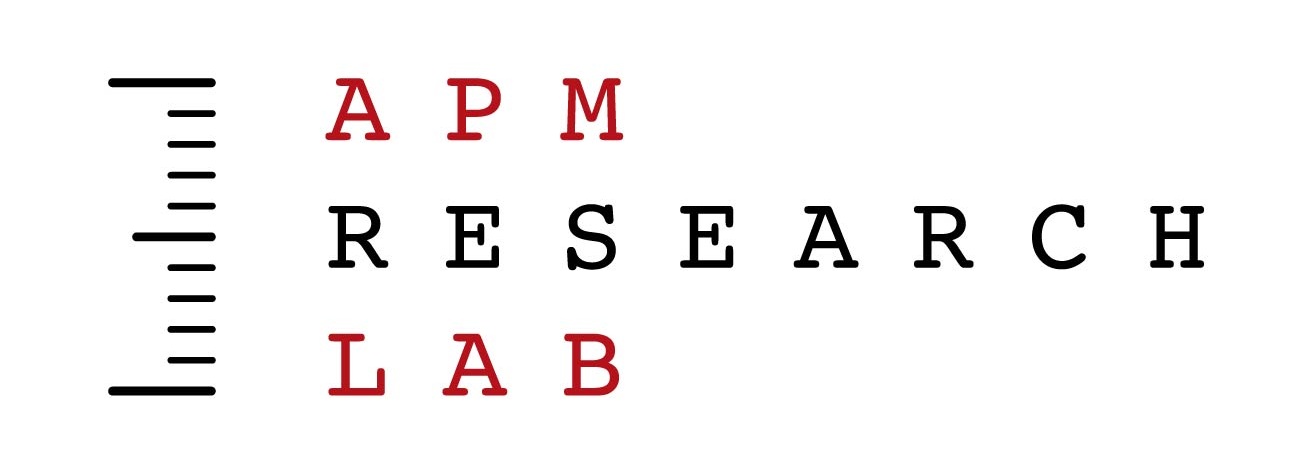On second look, nation favors Wisconsin slightly more than Minnesota or Iowa. And much more than California.
Earlier this summer we reported that the “nation thinks Minnesota, Wisconsin and Iowa are ‘equally good.’”
Guess what: new data on that same topic has arrived!
Another vendor offering to field free, nationally representative survey questions at this year’s American Association for Public Opinion Research annual conference, Ipsos, gave us the opportunity to triangulate the earlier survey conducted by Verasight.
Methodologically, this allows us to compare results using not only a different sample, but also by using a different question format. With Verasight we fielded a single head-to-head “which state is better” question. With Ipsos we fielded a series of questions asking respondents to rate the favorability of each state.
The results this time? As a Minnesotan, it pains me to report that Wisconsin has a slight edge.
I will quickly add that there is more than one way to parse the favorability data. And, given the +/- 3.1 percentage point margin of error associated with these survey results, the difference between the states is not large. But, as the head of a nonpartisan data shop, I have to report the facts as they stand: Wisconsin’s net favorability rating is +13 percent, compared to Minnesota’s +9 percent and Iowa’s +5 percent.
Minnesota actually has the highest favorability rating of the three states: 28% have a favorable opinion of Minnesota (9 percent very favorable and 19 percent somewhat favorable), compared to 26 percent for Wisconsin and 20 percent for Iowa.
The problem is that Minnesota also has the highest unfavorable rating of the three: 19% compared to 15% for Iowa and 13% for Wisconsin.
Mathematically that leaves Minnesota with a lower net favorability (28% - 19% = 9%) than Wisconsin.
As a control group of sorts, we also asked respondents to rate the nation’s largest state, California (population 39.4 million). That much larger and better-known state has much higher favorability and unfavorability ratings, 38.4% and 38.5% respectively, than any of the three upper Midwest states. Thus, California’s net favorability rating is just barely negative: -0.1%.
Who (dis)likes us?
Among men, Wisconsin’s net favorability rating (+16%) is notably higher than Minnesota’s (+6%) and much, much higher than California’s (-8%). Women, on the other hand, give relatively similar ratings across the board with the exception of Iowa’s lower net favorability.
Wisconsin, Minnesota and California all have similarly high net favorability ratings among young adults — only Iowa has a negative net favorability rating among those age 18 to 34. On the “wiser” end of the age spectrum, things reverse a bit: Iowa has the strongest net favorability rating among those age 65+, although Wisconsin is statistically tied among that group.
Racially our analysis is limited to three groups:
Non-Hispanic Whites favor Wisconsin. Their net rating of California is negative.
Non-Hispanic Black Americans and Hispanic Americans strongly favor California. The smaller sample size among these two groups leaves the three upper-Midwest states statistically tied, but lower than California.
Regionally, we see that Iowa, Minnesota and Wisconsin are rated especially strongly by their fellow Midwesterners. California has a decided upper hand when rated by those in the West. Those in the Northeast favor Wisconsin and California, on net, over either Minnesota or Iowa. Those in the South appear to have special beef with California — they like any of the other states better.
The politics of favorability
The final cross-tabulation is the real kicker. I had hoped that geographic favorability would reflect things like natural beauty, cultural vibrancy and the hospitality of each state’s residents. But, as with many things these days, it appears that political affiliations are coloring our appreciation of each state.
California has the most polarized ratings of the four states: As a group, Republicans appear to disdain the state, whereas it is far and away the most favored state among Democrats.
Minnesota is the next most polarized. The land of 10,000 lakes is clearly under water among Republicans. But quite buoyant among Democrats.
Political polarization is flipped in Iowa, which is Republicans’ favorite state of the four. And the only state to have a net negative favorability rating among Democrats.
Wisconsin is the only state to receive positive net favorability scores from both Republicans and Democrats. Perhaps the secret to the state’s overall success is its bipartisan appeal.
Maybe there is a lesson in there somewhere for all of us.
Or maybe it’s the cheese.
Survey methods and transparency disclosures: Data collected June 27, 30, 2025 for free by Ipsos via their KnowledgePanel online survey. The respondents included in the KnowledgePanel enables nationally representative surveys of U.S. adults as the sample is originally generated through address-based sampling (it is not an opt-in survey posted online). Questions designed by APM Research Lab and refined by Ipsos. The study was conducted in English. The data for the total sample were weighted to adjust for gender by age, race/ethnicity, education, Census region, metropolitan status, and household income. The demographic benchmarks came from the 2024 March Supplement of the Current Population Survey. All research has limitations including the unmeasured error associated with all forms of public opinion research. Click here for additional details about the methodology.
